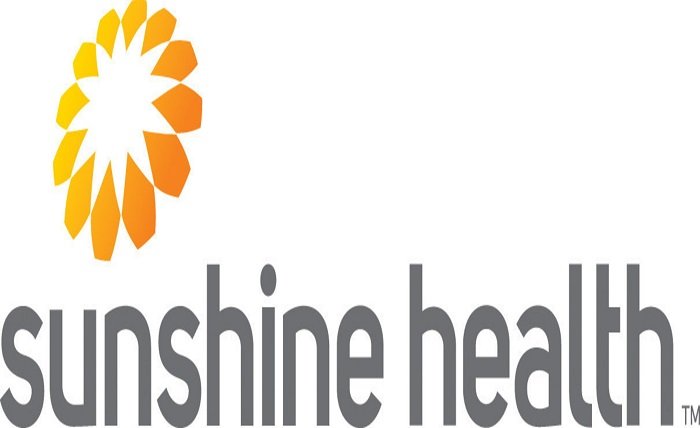The Comprehensive Guide to Sunshine Health

Introduction
“Sunshine Health” isn’t just about getting your daily dose of Vitamin D from the sun. It encompasses a holistic approach to utilizing natural light to enhance your physical, mental, and emotional well-being. In this detailed post, we will explore how sunshine plays a crucial role in various health aspects and how you can harness its benefits safely and effectively.
Sunshine Health
Sunshine health refers to the benefits derived from exposure to sunlight, which is crucial for the synthesis of Vitamin D in our body. This vitamin is essential for various bodily functions, including bone health, immune system support, and mood regulation. Incorporating moderate sunlight exposure into your daily routine can boost your overall health in multiple ways.
The Benefits of Vitamin D
“Sunshine Health” is synonymous with Vitamin D, which is produced when your skin is exposed to sunlight. This section will delve into the science of Vitamin D production and its critical roles in body function, including its impact on bone density, cardiovascular health, and immune response.
Mental and Emotional Advantages
Beyond its physical benefits, sunshine can significantly uplift your mood. This part of the discussion on “Sunshine Health” will cover how sunlight exposure can combat seasonal affective disorder (SAD), reduce anxiety, and promote a general sense of well-being.
Sunshine and Skin Health
While the sun is beneficial, it is crucial to balance exposure to avoid skin damage. Here, we will explore safe sun practices to maintain “Sunshine Health” without compromising skin integrity, emphasizing the importance of sunscreen and protective clothing.
The Role of Sunshine in Sleep Regulation
Exposure to natural light can help regulate your sleep patterns. This segment explains how “Sunshine Health” involves using natural light to maintain your circadian rhythm, thus improving your sleep quality and overall health.
Enhancing Immune Function
“Sunshine Health” also includes how sunlight exposure can boost your immune system. This section examines the relationship between Vitamin D levels and immune defense, including its effects on autoimmunity and infection resistance.
Exercise and Outdoor Activity
Incorporating outdoor activities into your routine can double the health benefits of sunshine. This part of the blog will provide suggestions for outdoor exercises that enhance “Sunshine Health” and overall physical fitness.
Dietary Considerations for Enhanced Sunshine Health
To maximize the benefits of “Sunshine Health,” certain dietary adjustments can be helpful. This section offers nutritional tips to complement your sun exposure, focusing on foods rich in Vitamin D and antioxidants.
Managing Sun Exposure: Risks and Recommendations
While the sun is beneficial, too much exposure can lead to health risks such as skin cancer. This essential part of the blog on “Sunshine Health” provides guidelines for managing sun exposure to minimize risks and maximize health benefits.
The Future of Sunshine Health Research
Emerging research continues to reveal more about the benefits of sunlight exposure. Here, we’ll discuss current trends in “Sunshine Health” research and what the future may hold for integrating sunlight into regular health practices.
Sunshine Health for Different Age Groups
“Sunshine Health” varies by age, with different requirements and benefits for children, adults, and the elderly. This section tailors sunlight exposure recommendations to different life stages, ensuring optimal health across the lifespan.
Conclusion
“Sunshine Health” is a vital aspect of overall wellness that encompasses safe sun exposure to reap the physical, mental, and emotional benefits of sunlight. By understanding and implementing the strategies discussed, you can enjoy the myriad health benefits of the sun while minimizing risks.
FAQs on Sunshine Health
- How much sun exposure do I need for optimal “Sunshine Health”?
- Most experts suggest that 10-30 minutes of midday sunlight several times a week is sufficient for most people to maintain adequate Vitamin D levels.
- Can I get enough Vitamin D from the sun even in winter?
- In many colder climates, sun rays during winter are not strong enough to produce Vitamin D. Supplementing with Vitamin D-rich foods or supplements may be necessary.
- What are the signs of overexposure to sunlight?
- Symptoms of overexposure include sunburn, darkened skin, dry skin, and in severe cases, blistering and pain.
- Are there specific times of day that are best for safe sun exposure?
- The best time for sun exposure is usually in the morning before 10 AM and in the late afternoon after 4 PM when the sun is less intense.
- How does “Sunshine Health” affect older adults differently?
- Older adults may need more exposure to sunlight as their skin synthesizes Vitamin D less efficiently. However, they are also more susceptible to UV damage, necessitating a balanced approach to sun exposure.




